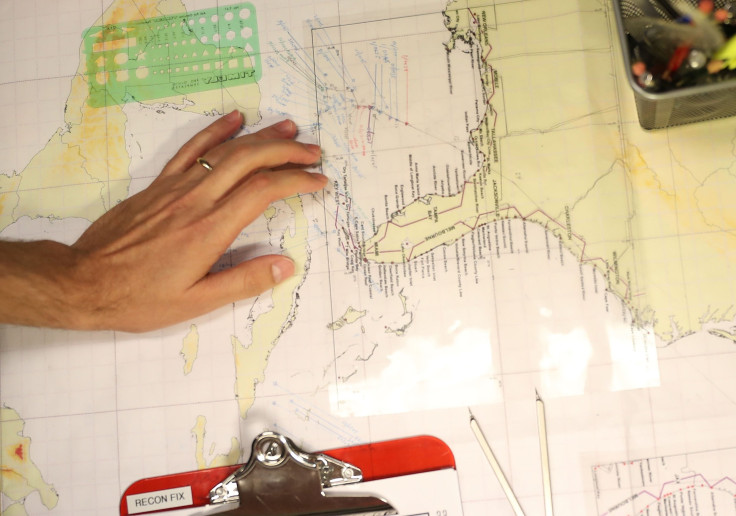Tropical Storm Matthew Update: Path Of Soon-To-Be Hurricane Threatens Caribbean Islands, US

The National Hurricane Center announced Wednesday morning that Tropical Storm Matthew had become the 13th named system in the Atlantic Ocean this year. As of 2 p.m. EDT, Matthew was located about 25 miles southwest of St. Lucia and 20 miles north-northwest of St. Vincent, making the storm closer to Venezuela than Florida. It was moving west at about 20 mph and had sustained winds of 60 mph.
Matthew's formation led to tropical storm warnings for Guadeloupe and Martinique, Barbados, Dominica, St. Vincent, St. Lucia and the Grenadine Islands, according to the center. "A westward motion with some decrease in forward speed is expected during the next couple of days," it wrote. "Gradual strengthening is forecast during the next couple of days, and Matthew could become a hurricane by Friday."
#Matthew on MODIS today. pic.twitter.com/lZTjOIaY6j
— Tim Ballisty (@IrishEagle) September 28, 2016
The storm could drop up to eight inches of rain and trigger serious floods and mudslides over the next few days.
Looking ahead, there's "a significant chance" Matthew could swing toward the United States next week, according to AccuWeather. Whether it makes U.S. landfall could depend on how it handles mountains in the Caribbean, a jet stream in the eastern U.S. and a storm in the Northeast, the Weather Channel reported.
Some social media users were already posting photos and videos of inclement weather caused by Matthew:
Wind is picking up #Matthew #Barbados pic.twitter.com/hgN0NfLSMJ
— Margriet Groenendijk (@MargrietGr) September 28, 2016
Flood Baxter Road Bridgestone #barbados #TropicalStormMatthew ⚡🌀⛈️ @adamonzon #Matthew pic.twitter.com/ZCAIr4yx3C
— Raphael Elliot *️⃣ (@RafaelElliotPR) September 28, 2016
The hurricane season historically starts to wind down in October, according to research from the National Oceanic and Atmospheric Administration. Between 1851 and 2015, the average number of hurricanes in October was 1.2 — half of the average for September.
The threat certainly is not over in Florida, which is the state most likely to be hit by a hurricane in October, according to the Weather Channel. After Matthew, storms will be named Nicole, Otto, Paula, Richard, Shary, Tobias, Virginie and Walter.
The Atlantic hurricane season ends Nov. 30.
© Copyright IBTimes 2024. All rights reserved.






















